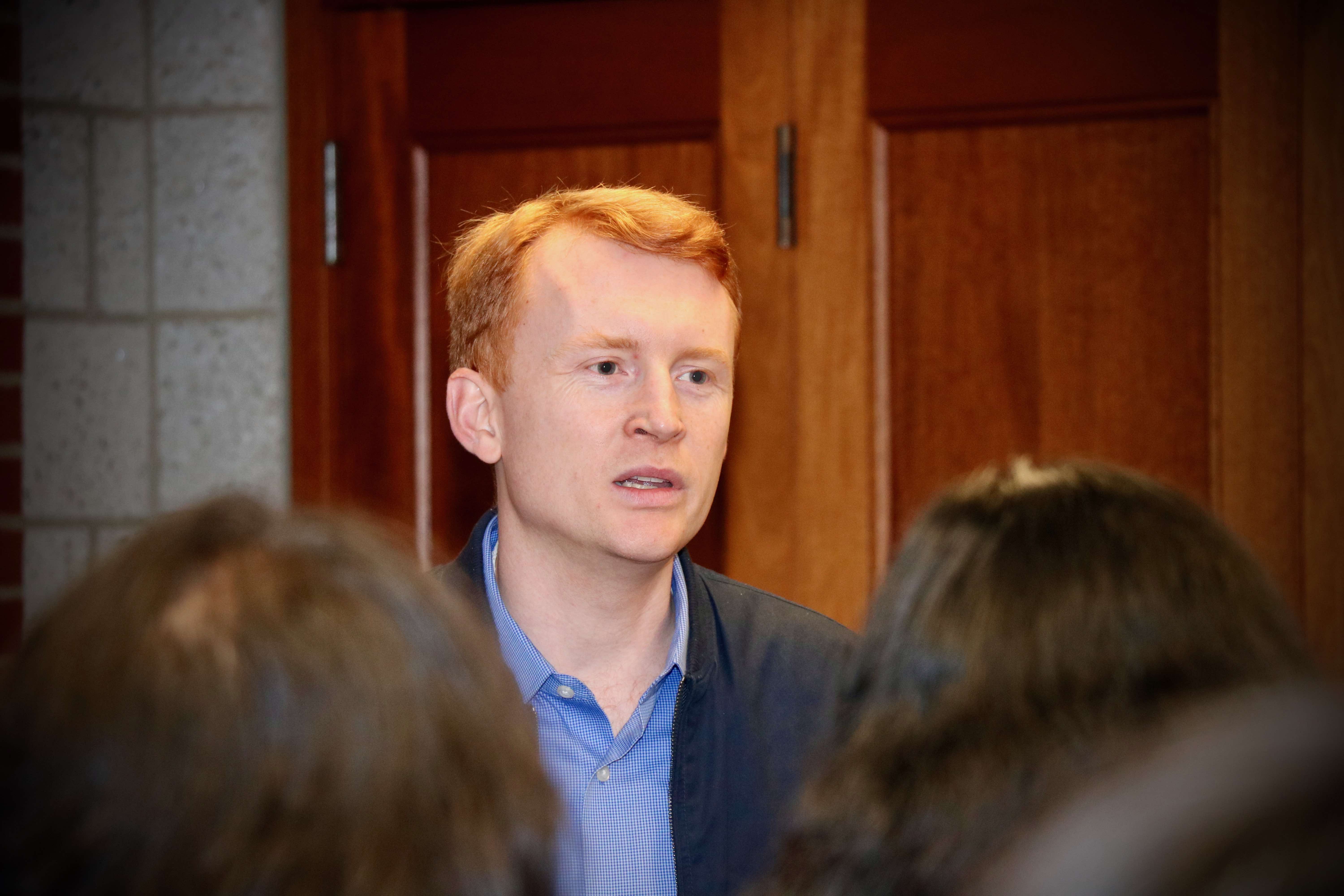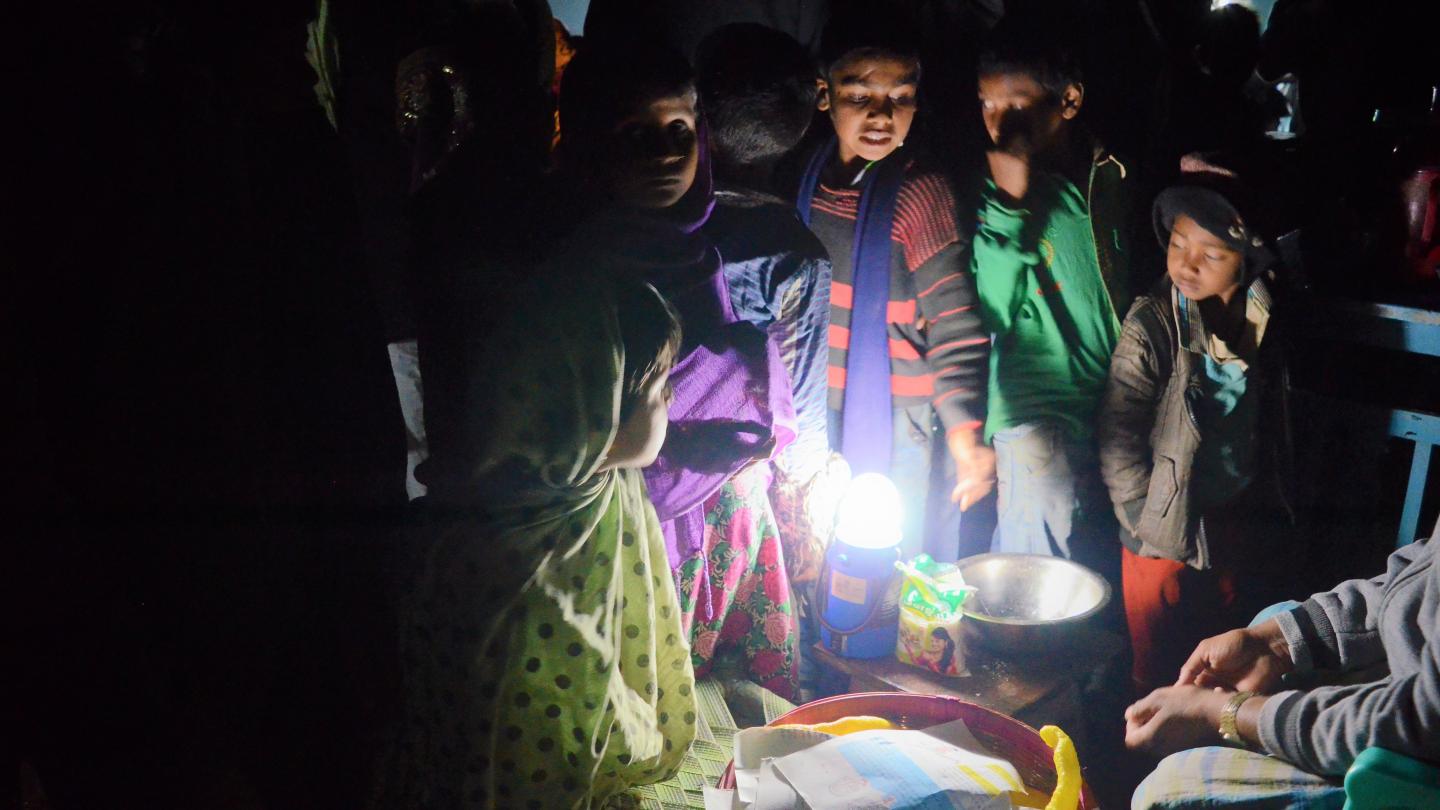
New research on energy markets
by Vestal McIntyre
July 14, 2021
The Government of India has long struggled to balance competing goals: supporting economic activities that reduce poverty while trying to control the pollution they often cause, and delivering services to the poor in the face of limited resources.
Economist Nicholas Ryan studies these contradictions, and has collaborated with government partners in India on finding solutions that can both ease poverty and reduce pollution. In a recent study in the Journal of Economic Perspectives, Ryan and coauthors Robin Burgess, Michael Greenstone, and Anant Sudarshan examine the goal of universal electrification and reach the surprising conclusion that the poor may ultimately benefit if they are asked to pay for electricity.
Ryan is an Assistant Professor of Economics at Yale, and an affiliate of EGC. We asked him about the study, and how it fits into his body of work.
Your study takes place in the Indian state of Bihar. Can you describe the setting, and what made it relevant to study electrification?
Bihar is a state in India that has been relatively poor but has had a surge of economic growth in the last two decades as it catches up within India, even reaching “growth miracle” rates of over 10% some years. That catch-up has not been an accident. Bihar’s leadership prioritized investments in public goods like health, education, and roads, all of which have contributed to this growth. The Government of Bihar looked at the landscape of what it could do next, and decided to invest in energy, and specifically universal electrification. We started working there around 2013 to study this next wave of investments.
You and your coauthors find that when the state provides subsidies for electricity, that can undercut the reliability of electricity supply to the poor. Can you explain why?
Governments want to ensure access to energy as they do for many other goods. The problem is that if something like energy is treated as a right, then it is difficult to get people to pay for it, since there is no risk they will lose access to the good if they do not pay. The government therefore has to be prepared to either pay out a lot in subsidies, to fund the service at a decent quality, or to somehow limit access so that it does not become too costly. Many developing countries and Indian states take the latter approach, by limiting the hours of electricity supply to rural areas, for example.
Economics is the study of markets, and many markets can produce optimal outcomes for everyone without a lot of intervention. However, energy is a market that we do not expect to work well when left on its own.
Would other services that we view as leading to poverty reduction follow the same logic?
Why should this practice of treating a good as a right be concerning in energy when it is not in, say, healthcare? The main difference is that there is only one electricity grid. If a public hospital is offered as a free service to treat the sick, regardless of their means, then it may become overwhelmed by demand. But that can still work out fine. The hospital picks its patients and may prioritize the poor or others without access, while the rich can buy care elsewhere in private markets. We think one of the main differences with electricity is that this outside option, of buying in private markets, for example getting a diesel generator, is much more costly than the public option of buying on the grid. So if the quality of the power on the grid declines, it is hard to find a good substitute.
You find that the losses suffered by electricity providers are lower both in less-developed countries than India, where fewer people have access, and more-developed countries like the US. Why is that?
We think it is because of a trade-off between mass electrification and losses. Countries at very low levels of electricity access just serve the largest cities and not rural areas. They have moderate distribution losses, but are able to enforce a decent level of payments, possibly because they are serving mainly the richest consumers and in a narrow area.
As countries develop, they expand electricity access into rural areas, and this increases losses in two ways, technical and commercial. Technically, longer lines on the distribution network leads to losses in electricity supply due to heat, though effects are pretty small. Commercially, payment rates and collections appear lower in rural areas with poorer populations, where governments do not enforce payment norms very strongly. The whole point of rural expansion is to reach a broader population, so many governments are reluctant to disconnect people who do not pay.

In more developed countries with high levels of access, both of these forces abate, as the grid is filled in at a higher voltage with low losses and payment enforcement and therefore norms become much stronger.
You have conducted a number of different studies on energy policy with coauthors. What are the broad themes of this line of research, and how does this study fit in?
Economics is the study of markets, and many markets can produce optimal outcomes for everyone without a lot of intervention. However, energy is a market that we do not expect to work well when left on its own. There are external consequences to energy use, like air pollution, so the private market will tend to use too much energy and the wrong kind of energy without taking into account the costs that are spread out across society. Energy markets also tend to require a huge scale of operations — think pipelines, transmission lines, power plants — and this scale means that, left without regulation, energy markets would have a lot of monopolies and the problems that monopoly brings, like market power and hold-up. So the government needs to be involved in energy markets to correct these myriad failures.
My work with coauthors from Yale, MIT, and University of Chicago is often trying to apply or test ways to improve government intervention in these markets. For example, pollution is an external cost of energy use and industrial production. The economic prescription is to put a price on pollution, so that firms account for this external cost. The trouble is, it is hard to price pollution – you have to measure pollution, you have to penalize or charge polluters, the law may not allow for prices, there may be equity concerns about who can pay, and so forth. These difficulties lead to a need for other kinds of regulation that might be easier to implement.
My coauthors and I have completed two studies on how the present command and control regime works. We are now trying to extend this work to look at the next generation of possible pollution regulations in India. This includes work in Maharashtra on an information disclosure system that publicizes pollution emissions, to create pressure to clean up; in Gujarat, on using technology to bring better information on pollution to the regulator; and, again in Gujarat, on testing market-based instruments for pollution. We are studying how these various regulations work in practice.
The difficult part of doing such projects is that it takes a long time and the outcomes of these projects are uncertain. The benefit of working in this way is that the research generates its own proof of concept, for policy, as well as an unusually deep understanding of why things work or fail.
Cover photo courtesy the Energy Policy Institute at the University of Chicago (EPIC)
